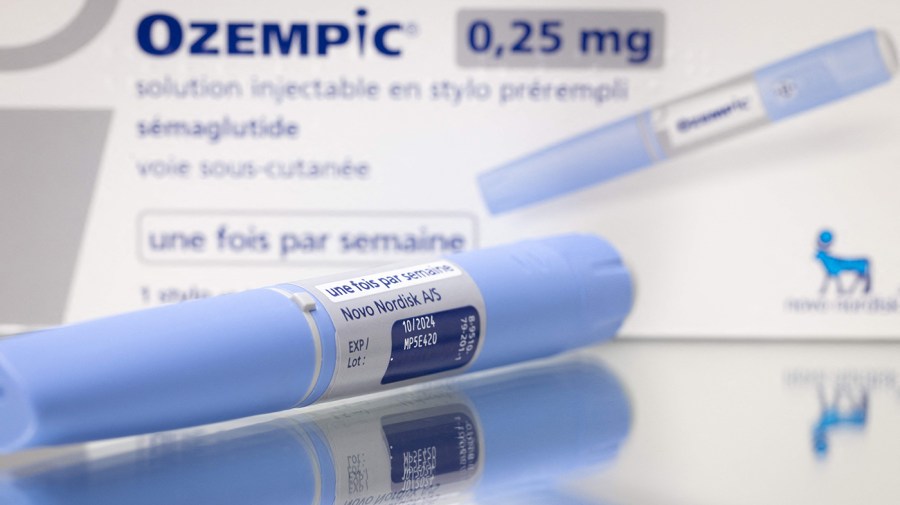The pricing of pharmaceuticals has long been a topic of debate, with concerns over accessibility and affordability often at the forefront. Recently, the spotlight has turned to Ozempic, a widely prescribed drug for diabetes and obesity, amidst revelations that its production costs are significantly lower than its market price in the United States. This article delves into the findings of a study that sheds light on the cost of manufacturing Ozempic, explores the implications of its pricing on healthcare systems and patients, and examines the responses from stakeholders, including policymakers and pharmaceutical companies.
Understanding the Study’s Findings: Researchers from Yale University, King’s College Hospital in London, and Doctors Without Borders conducted a study revealing that Ozempic could be produced for as little as 89 cents to $4.73 per month, inclusive of a profit margin. This stark contrast to the drug’s monthly list price of $968.52 in the US has reignited discussions surrounding pharmaceutical pricing practices and profit margins within the industry.
Implications for Healthcare and Patients: The exorbitant cost of Ozempic raises concerns about its impact on healthcare systems, particularly in the US, where high drug prices can strain public and private insurance programs. Patients facing steep out-of-pocket expenses may be forced to ration or forego essential medications, jeopardizing their health outcomes and exacerbating disparities in access to care. Additionally, the affordability of Ozempic in other countries compared to the US underscores the global disparities in drug pricing and access.
Response from Stakeholders: Senator Bernie Sanders and other policymakers have condemned the high price of Ozempic, calling for pharmaceutical companies to align US prices with those in other nations or face regulatory intervention. In response, Novo Nordisk emphasized its investments in drug accessibility initiatives but did not disclose production costs for Ozempic. The discrepancy between production costs and market prices has prompted calls for greater transparency and accountability in the pharmaceutical industry.
Examining Pharmaceutical Pricing Practices: The case of Ozempic highlights broader issues surrounding pharmaceutical pricing practices, including the role of patents, competition, and market dynamics. Critics argue that pharmaceutical companies often prioritize profit margins over public health, leading to inflated prices for life-saving medications. Moreover, the lack of transparency in pricing and reimbursement negotiations further complicates efforts to address affordability challenges.
Navigating Policy Solutions: To address the affordability crisis in healthcare, policymakers must consider a range of policy solutions, including price regulation, patent reform, and increased competition through generic alternatives. Additionally, efforts to enhance transparency in drug pricing and promote value-based reimbursement models can empower patients and payers to make informed decisions about healthcare spending. Collaborative efforts between governments, healthcare providers, and pharmaceutical companies are essential to ensure equitable access to essential medications while fostering innovation and sustainability in the pharmaceutical industry.
The revelation that Ozempic could be manufactured for a fraction of its market price underscores the urgent need for reform in pharmaceutical pricing practices. As stakeholders grapple with the implications of this pricing disparity, there is an opportunity to catalyze meaningful change that prioritizes patient access, affordability, and transparency. By fostering a collaborative dialogue and implementing evidence-based policy solutions, policymakers and pharmaceutical companies can work together to ensure that life-saving medications are accessible to all who need them, regardless of their socioeconomic status or geographic location.
